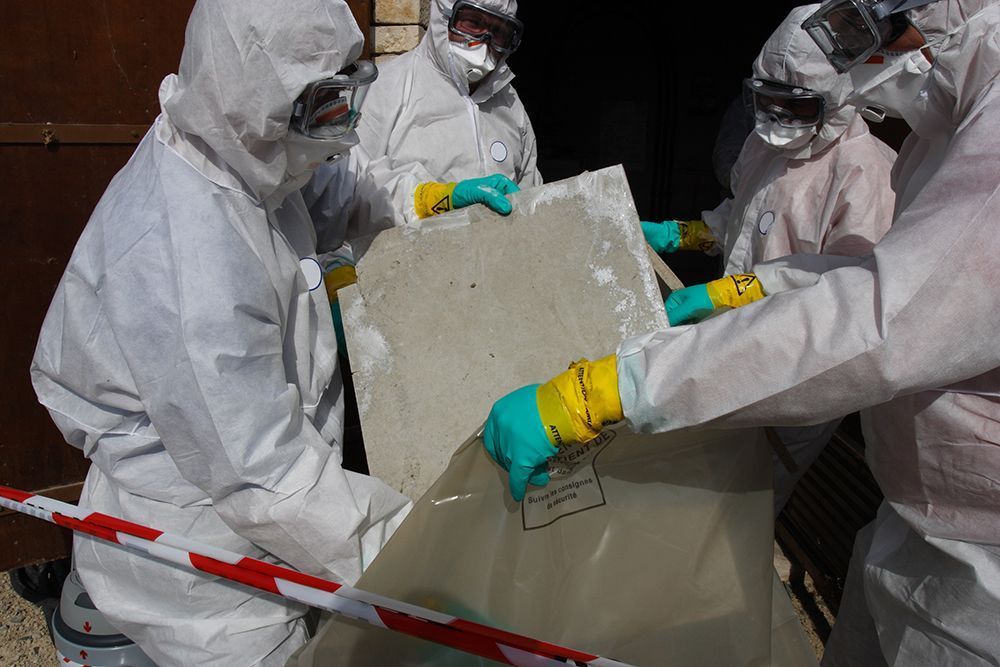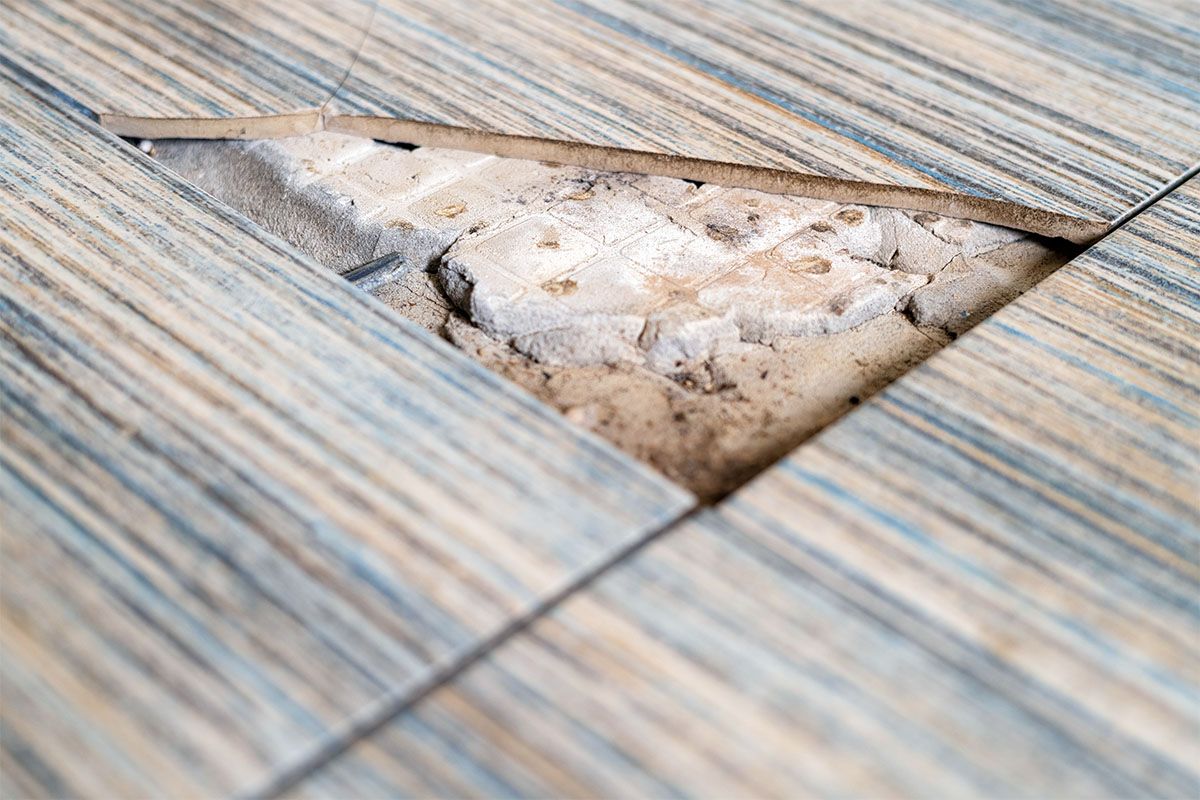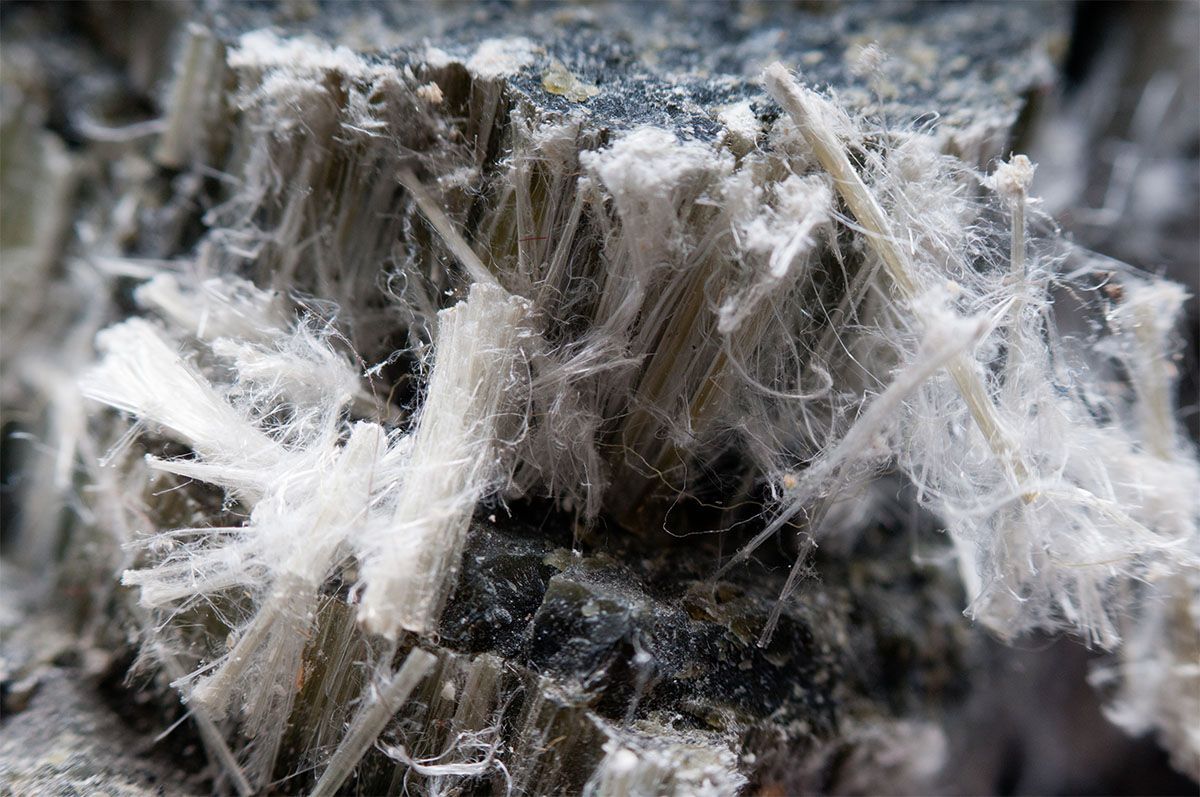Why was asbestos banned in the UK?
This is a subtitle for your new post
Asbestos is a naturally occurring mineral that was used in construction for decades and is still mined in select areas across the world. So why exactly was it banned in the UK, and how has it grown to be most associated as a frightening substance and not just a useful construction material?
As licensed asbestos removal specialists,
Cordtape Environmental believe everyone should be aware of the risks that asbestos poses, and these can be easily identified when you look a little bit closer at the reasons why it was banned from being imported, exported and used in the UK.
When was asbestos banned in the UK?
Asbestos was fully banned from use in 1999, but blue and brown asbestos have been banned from importation since 1985.
Blue (crocidolite) and brown (amosite) asbestos were considered more dangerous and so their use was banned earlier. However, in the 90s, white (chrysotile) asbestos was deemed just as harmful and its ban in 1999 ended asbestos use in construction across the UK.
Why was asbestos banned in the UK?
1. Asbestos exposure causes chronic illness
Both primary and secondary exposure to asbestos causes numerous health risks to people who work with asbestos containing materials (ACMs) and those who live or work in environments where ACMs have been disturbed.
The main risk posed by asbestos is inhalation or ingestion of asbestos fibres. When this occurs, the fibres become embedded in organ tissues which leads to the development of life-altering and fatal diseases.
These include:
- Cancers:
Asbestos exposure can cause laryngeal cancer, lung cancer and mesothelioma. It has also been linked to ovarian cancer.
- Asbestos specific diseases:
Prolonged exposure to asbestos can lead to pleural thickening, Atelectasis and other diseases.
- Asbestosis: Specific to asbestos exposure, asbestosis causes shortness of breath, persistent cough, wheezing, fatigue, chest pain, and shoulder pain. These symptoms are likely to appear after 20-30 years.
2. Asbestos exposure causes death
Asbestos is responsible for over 5000 deaths annually. Even after its ban, those who have been previously exposed continue to suffer the consequences of its use.
3. Small doses of asbestos are still harmful
Studies showed that small quantities of asbestos exposure can still cause life-altering diseases.
4. Asbestos doesn’t just impact construction workers
It was thought that asbestos exposure was only harmful to those who work in construction and have daily, prolonged exposure to asbestos fibres, but in the 20th century it was discovered that people who lived and worked in spaces where asbestos was used were also at risk.
5. Asbestos doesn’t break down in the body
The properties that make asbestos such a durable building material are exactly what makes it so harmful. It cannot break down in the human body and so, being toxic, it lingers.
Asbestos can’t be removed from the body, and the effects of asbestos related diseases are irreversible and untreatable, and therefore, exposure poses a serious and debilitating risk to life.
6. Asbestos related diseases were rising
In the 1970s, it became apparent that more and more people were dying of asbestos related diseases. Inevitably, the impact of prolonged exposure couldn’t be ignored and so the government was forced to take notice.
It took nearly 15 years for brown and blue asbestos to be banned and another 14 for asbestos use, import and export to be made completely illegal.

How to prevent more asbestos related deaths
Because of the long-term effects of asbestos exposure, those who were exposed to it regularly decades ago are still suffering the consequences. However, it is not too late to ensure that fewer, if any, people are subjected to it.
The asbestos ban was just the start.
If you suspect you may have asbestos in your home then you should contact a licensed asbestos survey and removal company to ensure your safety, and put measures in place to prevent it from being disturbed.
If you have construction work done on your home, make note of all the areas where the work is being done so that a full assessment can be conducted of these areas to reduce risk.
At
Cordtape , we can assist you with locating and identifying Asbestos Containing Materials within your domestic property with our
Asbestos Survey and Sampling service . If we do locate the presence of asbestos, our
Asbestos Removal team will extract it from your premises in accordance with Control of Asbestos Regulations 2012. Our team is fully qualified to manage all aspects of asbestos assessment, removal, refurbishment and waste management so you don’t need to live in fear of the risk this dangerous material poses.
Contact us today.
Email: info@cordtape.co.uk
Phone: 0800 093 7810
(Discussing the reasons for it being banned and linking this back to the importance of asbestos survey and removal)
Sections:
When was asbestos banned?
Why was it banned?
The rise in asbestos related diseases
Is my home likely to contain asbestos
Statistics on how the ban has improved health (then vs post ban vs now) Based on: https://www.rbasbestos.co.uk/when-was-asbestos-banned-in-the-uk/




